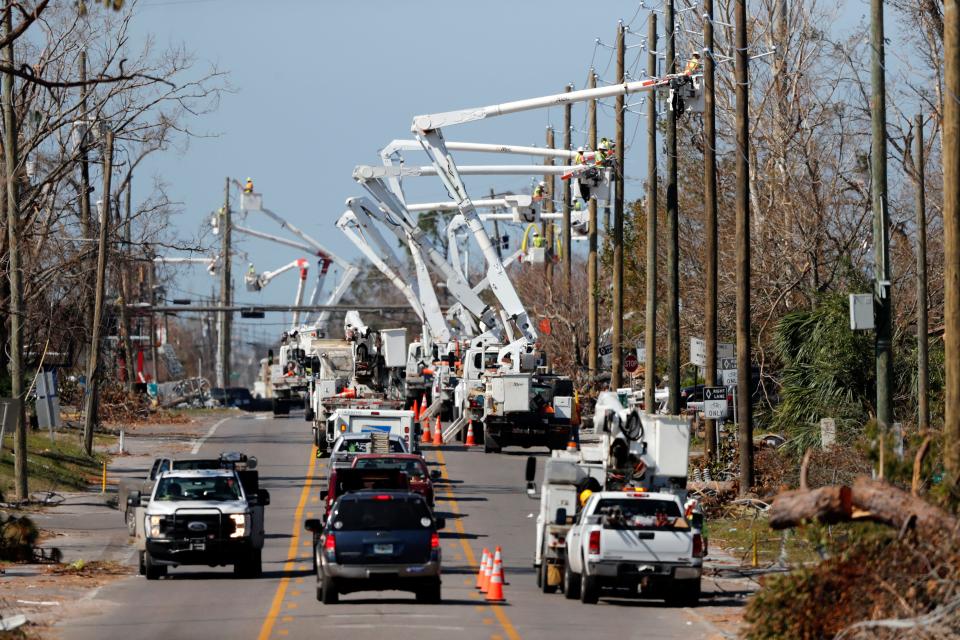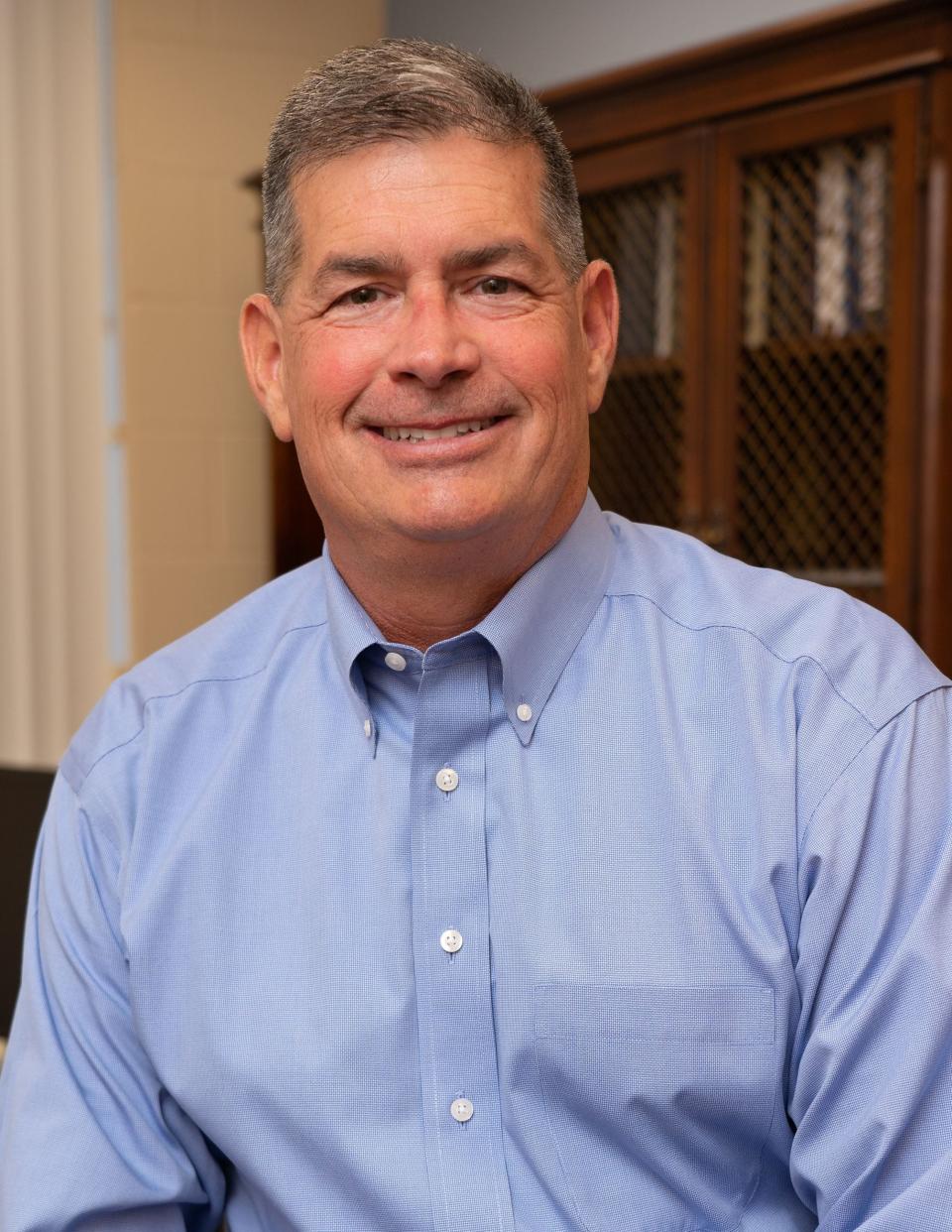Coronavirus recovery: What Americans can learn from hurricane-ravaged Panama City, Florida
Mark McQueen knows something about reopening an economy.
McQueen had barely assumed the role of city manager for Panama City when the Florida Panhandle town of 40,000 was hit by Hurricane Michael 18 months ago. The Category 5 storm destroyed thousands of homes, smashing commercial buildings to splinters, ripping off roofs and blowing over trees and telephone poles.
McQueen has led the effort to rebuild the city and its economy. The nation is poised to join him as it tries to transition out of a coronavirus shutdown in the coming weeks and months. In some ways, the city will start its reopening from behind the rest of the USA since it hasn't fully recovered from Michael.
In other ways, the city has a head start. People are familiar with what an economic reboot entails.
"Actually, it was less than a month," McQueen, a retired two-star general, recalls of his "experience" on the job when the storm hit. "I was winding up my 36-year military career while still commanding more than 8,000 soldiers."

During the transition, he took some time off – to donate a kidney to a church member he barely knew whose health was failing.
"My first day on the job was Sept. 24," he says. "Hurricane Michael hit two weeks later."
U.S. reopening: Which states have relaxed restrictions? Find out what your state is doing
The damage was historic. More than 14,000 displaced residents and more than 5,000 instantly homeless children. One of McQueen's major tasks was overseeing removal of 3.8 million cubic yards of debris. That's the equivalent of 38 years’ worth of normal collections.
The federal government was little help, he says.
"Panama City has received fewer state and federal disaster relief dollars than any other city hit by a storm of this magnitude," he says.
The city was still recovering when the pandemic materialized. Not all businesses had reopened. The City Commission voted to extend the state of emergency order for Hurricane Michael on April 14 – the same day it extended the state of emergency for COVID-19.
Disparities in Florida testing: Coronavirus testing varies widely, often by income
The city has accomplished a great deal, McQueen says.
"The lessons learned from Michael are immediately applicable to the work that must be done in Panama City and across the country to weather the damage from this pandemic," he says.
More than 1,000 Floridians have died from the coronavirus since the nation's first recorded death in February. The state has logged more than 30,000 confirmed cases. Panama City is the county seat for Bay County, which has reported 63 cases and two deaths.

Several states, including neighboring Georgia, have begun controversial efforts to reopen. Florida remains under a stay-at-home order through the end of April, but Gov. Ron DeSantis gave some municipalities the green light to reopen beaches. DeSantis asked his state coronavirus task force for a phase-in plan to reopen the state.
'I don't need this right now':States may have coronavirus reopening plans, but Americans are still wary
McQueen says the economic impact of the pandemic will mirror that of the hurricane in some ways. McQueen talks of a “V-shaped recovery curve" in which a number of businesses reopen quickly.
"Some are even talking about there being a 'W'-shaped curve with a possible second wave of the virus or a spike in bankruptcies bringing another dip," he says. "I, however, believe the curve will look like a 'U,' ” much like the curve after Michael. Businesses will slowly reopen as conditions are appropriate.
Communication is key, McQueen says. Leaders should communicate early and often, which will foster trust and help reduce anxiety born of uncertainty and displace rumor and speculation. McQueen refers to the “emotional curve" developed by the federal Substance Abuse and Mental Health Services Administration.
California beaches protest: Police arrest 3 people protesting closed beaches at SoCal beach set to reopen Monday
"Equally important to successfully navigating a crisis is the twin need to recognize the six distinct phases of emotional reaction," he says. "From fear and uncertainty through disillusionment and finally to reconstruction."
The emergence of anti-quarantine protests in the USA is understandable as optimism morphs into disillusionment, he says.
Every community across the nation is at a different point in this curve, given their pre-COVID-19 underlying economic conditions, population density and the arrival time of the virus, he says.
Latest coronavirus news:: Georgia church services under scrutiny; last patient leaves hospital in Wuhan; US cases near 1M
"One piece of advice: Document everything," he says. "Elements of federal assistance are often contingent on showing the money was properly used.
"Pre-disaster planning is critical," McQueen says. The warning lead-time for a storm is a few days. COVID-19 lurked for months. He notes that federal health officials have warned a second wave could come in the fall or winter.
"The best time to prepare for an event is before it happens. With the pandemic in full swing, communities should look ahead," he says. "The time to plan for that crisis is now."
This article originally appeared on USA TODAY: Coronavirus recovery: Panama City adopts lessons from hurricane

